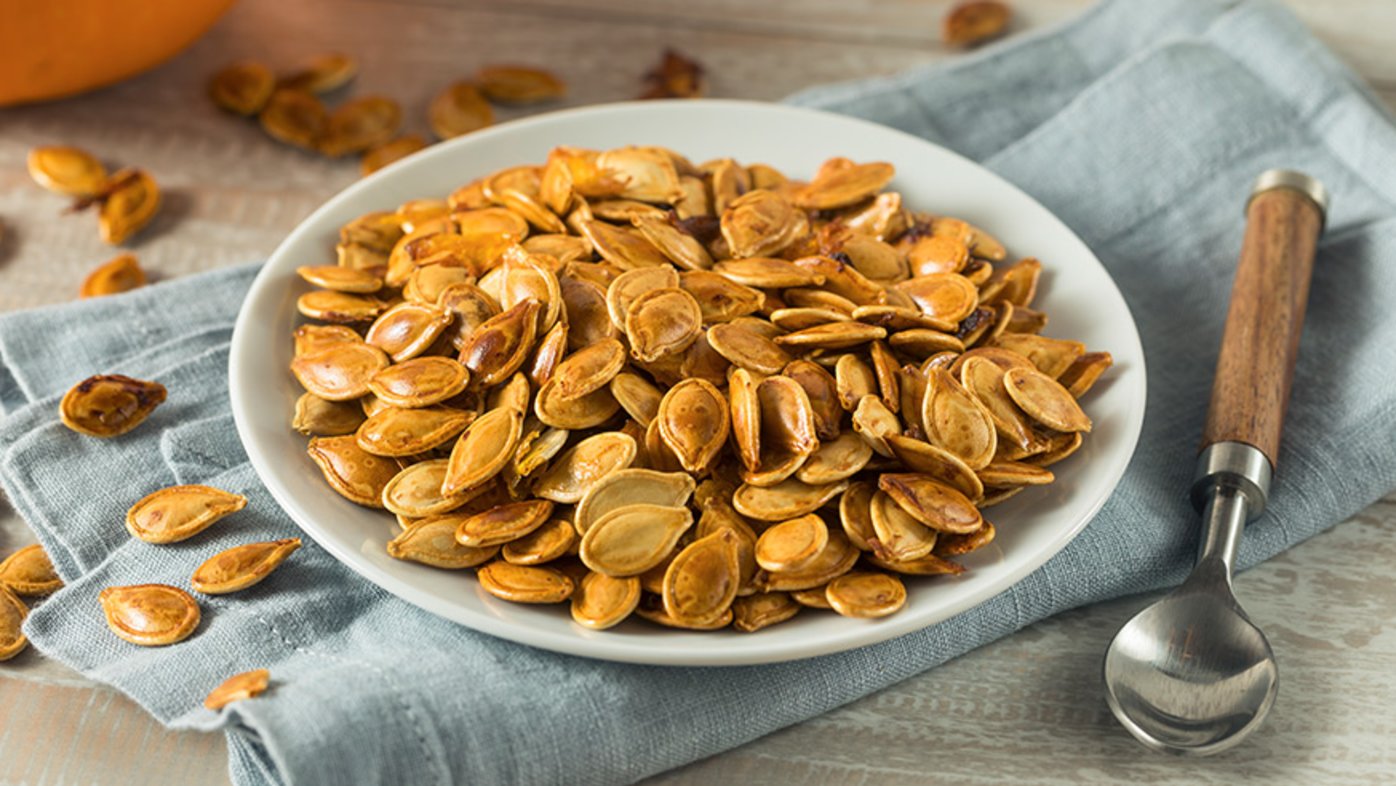
Health benefits of pumpkin seeds
Pumpkin seeds are loaded with the nutrients our bodies need.
We often hear about the prevalence of breast cancer in women. But did you know that about 1 in 100 breast cancer diagnoses in the U.S. are in a man?
According to the American Cancer Society, men have breast tissue, breast ducts and might also have a small number of breast lobules, the glands that make milk. While the ducts and lobules aren’t normally functional in men, most breast cancers begin in the ducts.
“Breast cancer in men is rare,” says Dr. Sunanda Pejavar, a Sharp Rees Stealy Medical Group and Sharp Community Medical Group radiation oncologist affiliated with Sharp Memorial Hospital. “But we still see and treat male breast cancer patients here at Sharp.”
Signs of breast cancer in men
Like any cancer, breast cancer in men starts when cells have gene mutations and become cancer cells that replicate. The cells can form into a malignant (diseased) lump or growth. Cancer cells can also spread, or metastasize, to other parts of the body.
While women are encouraged to get regular breast cancer screenings and perform self-exams at home to track any changes in their breasts or the skin surrounding them, men aren’t often given such guidance. That doesn’t mean there aren’t things they should watch for, though.
According to Dr. Pejavar, signs of breast cancer in men include:
A lump in the chest
Swelling in the chest
Nipple retraction
Nipple discharge
Skin changes, such as redness, dimpling or flaking
Risk factors for breast cancer in men
It is well known that women who have a close relative are at greater risk for having breast cancer, and the same is true for men. Experts estimate between 3 to 10 in 100 cancer diagnoses are associated with genetics. The Centers for Disease Control and Prevention (CDC) reports other risk factors — both changeable and unchangeable — play a role as well.
Along with a family history of breast cancer, risk factors for breast cancer in men include:
Getting older
Genetic mutations, such as BRCA1 and BRCA2
History of radiation or hormone therapy treatment
Klinefelter syndrome, a rare genetic condition in which a male has an extra X chromosome
Testicular injury, swelling or surgery
Liver disease
Being overweight and obese — defined by the CDC as having a body mass index (BMI) of 30 or higher — are also risk factors for most cancers. Maintaining a healthy weight; eating a nutritious, balanced diet; and regularly exercising can help to lower a man’s risk for breast cancer.
Treating breast cancer in men
If a man is diagnosed with breast cancer, he will receive the same treatments a woman with breast cancer would receive. This will depend on the size and location of a tumor and whether the cancer cells have spread within the breast or to other parts of the body.
Treatments for breast cancer can include:
Surgery to remove the cancer or the entire breast that has cancer
Chemotherapy that is taken by mouth or through IV
Radiation therapy using high-energy X-rays to kill cancer cells
Hormone therapy to remove hormones or block cancer cells from growing
Targeted therapy using drugs, monoclonal antibodies or other substances to attack specific cancer cells
“While breast cancer in men is rare, it is possible,” Dr. Pejavar says. “Men and their loved ones should watch for the signs and not allow stigma around male breast cancer lead to hesitation in seeking treatment.”
Learn more about breast cancer; get the latest health and wellness news, trends and patient stories from Sharp Health News.
Our weekly email brings you the latest health tips, recipes and stories.